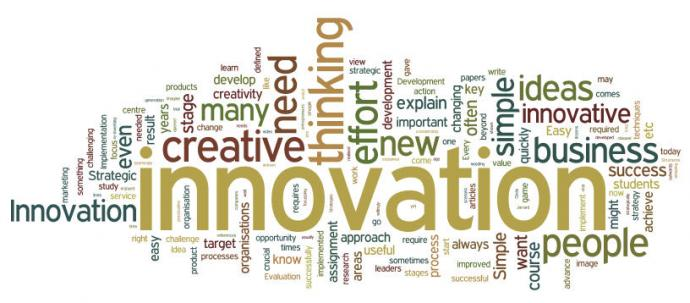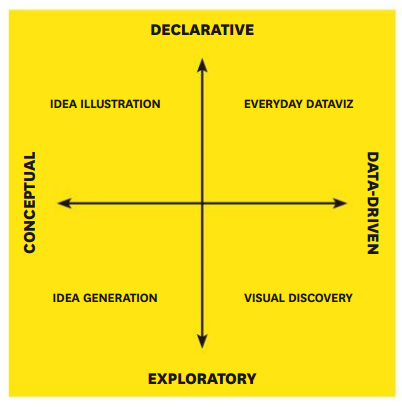After a well-deserved celebration, the medical students who matched into radiology this year will realize what they’ve known all along – it will be a little more than a full year before they would start the actual residency they signed up for.
 In many training programs, this post-match, pre-July-1 time is when the attention starts to focus on the folks who matched last year, those who will be starting in three months. Personally, April was when I also began to both getting psyched about starting a new residency program and getting nervous about preparing.
In many training programs, this post-match, pre-July-1 time is when the attention starts to focus on the folks who matched last year, those who will be starting in three months. Personally, April was when I also began to both getting psyched about starting a new residency program and getting nervous about preparing.
This post is about buying technology for those who are fixing to start radiology residency this year.
1. Find out If Your Program Has a Computer Fund
Any form of technology is a serious investment for a resident, as a computer can easily cost you a 2-week paycheck.
Before you buy anything, find out if your residency program provides funding for new computer and/or textbooks.
If it does, then great! It is then worth finding out when you can start using it. For instance, my residency program requires that you be officially working – i.e. July 1 – before you are eligible for the professional funding.
2. Get at Least One Portable Computer/Device
A paper in Academic Radiology states that having ready access to technology will become increasingly important in education.
The PACS stations at some hospitals provide unlimited access to the web and are outfitted with modern web browsers and office tools, but others may provide heavily filtered web access with minimal applications. Unless you are certain that your situation is the former, it would be worth having some form of portable computer/device.
Which form factor you decide to go with – tablet, ultrabook, regular notebook, or phablet – is a personal choice. Just keep in mind that the things you might end up using them for:
- Take notes during conference
- Look up a diagnosis or finding on Radiopaedia.org or one of its commercial competitors
- Integrate with electronic medical records – some institution’s EMR would ask that your device meet some security feature requirements
- Access the digital edition of a textbook
- Touch up a slides presentation for journal club or case conference
3. Get a Twitter Account
Social media is becoming increasingly important in radiology. Any national radiology conference you attend will have a strong Twitter presence, and many people are also on LinkedIn.
Since one of your tasks during the residency is to learn about the most pressing issues in the radiology community at large, becoming familiar with tools like Twitter can be tremendously helpful.
Also, if you start now, you can grab all the cool names before someone else gets them.
4. Avoid EInk Readers for Radiology Books
Radiology textbooks are expensive. It is made worse by the fact that there are so many of them! You will need a book for each subspecialty to really learn the nuances of each rotation.
Unfortunately, eInk readers are just not good enough for images on radiology. Kindle Paperwhite, for example, sports only 16 shades of grey. Reading the same books on a tablet like the iPad, Nexus 9, or Kindle Fire is a different experience, owing to the markedly improved contrast resolution over eInk.
However, be careful that sometimes Kindle or EPUB format books compress images so much that the quality is visibly degraded.
This is not to say electronic books are bad. Buying electronic books can be a good way both to save Benjamins and to reduce the weight of your bag if you load them on a tablet instead of carrying the hardcover incarnations.
EInk readers are great, and I love my Kindle Paperwhite. They are just not for radiology images.
5. Decide If You Want to Pay for an Anatomy Resource
If you are anything like me, you would find memorizing anatomy in a vacuum nearly impossible. Incidentally, it is also one of the most important funds of knowledge to acquire as a first year resident.
Therefore, it is sometimes worthwhile to have access to a good anatomy resource for use on-service. There are free resources like HeadNeckBrainSpine neuroradiology and XRayHead for MSK MRI. e-Anatomy by IMAIOS is an atlas that has some free content but is mostly a paid resource.
At some point you will have to decide whether free resources are sufficient for your needs. Your institution may provide access to a paid resource already, or your professional funding may cover it. If you have to pay out-of-pocket, consider the possibility of sharing an account with a co-resident (make sure you are not violating the user agreement, though).
Conclusion
Radiology residents use more technology than possibly more than other specialty residents from devices, educational resources, to social media. Ultimately how much technology plays a part in your training is a personal preference. However, keeping some of the above points in mind may help you avoid making bad purchase mistakes and be more prepared for July 1.





